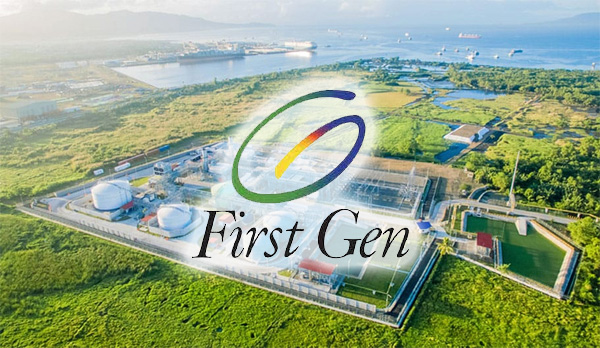
First Gen Corp. of the Lopez Group said its natural gas facilities are integral to the Philippines’ plan to aggressively build up renewable energy (RE) capacity as part of the Marcos administration’s thrust to pursue a sustainable and climate-resilient economy by reducing carbon emissions.
“This is very important in the [energy] transition because natural gas has the ability to do two things: it can generate a kilowatt-hour with half the emissions of a coal plant. Secondly, as more and more [REs] come into the grid, [which are] intermittent, you will need to have power plants that can ‘load follow,’ that can ramp up and down very quickly. Natural gas can do that; coal cannot,” First Gen chairman and chief executive Federico Lopez said during the recent forum hosted by the Net Zero Carbon Alliance (NZCA).
– Advertisement –
He said key elements of the energy transition involve reducing the carbon intensity of electricity while simultaneously scaling up energy efficiency efforts.
Lopez said decarbonization and building up of a green electricity grid are the “greatest energy transition in the history of mankind.”
“All these will have immense implications for the central role of the electricity grid. The most important point is that by 2050, we will need five times the electricity we use today; and we will need 10 to 12 times the clean energy in use today,” he said.
Lopez said it is also important to “keep the lights on during the energy transition.”
He said First Gen aims to grow its low-carbon energy portfolio to 13,000 megawatts by 2030, of which 9,000 MW will be from RE—aligned with the PEP.
First Gen also started operating its LNG terminal and ushered its floating storage and regasification vessel, the BW Batangas, to support its fleet of gas plants with 2,017 MW of capacity located inside the First Gen Clean Energy Complex (FGCEC) in Batangas.
Plans are also underway to build the 1,200-MW natural gas-fired Santa Maria power plant also in Batangas.
The First Gen RE plant portfolio includes geothermal, hydro, wind and solar facilities with 1,651 MW in capacity.
Under development are over 80 MW of additional geothermal capacity and battery energy storage systems under subsidiary Energy Development Corporation, as well as expansion projects in hydro, solar and wind.


Be the first to comment